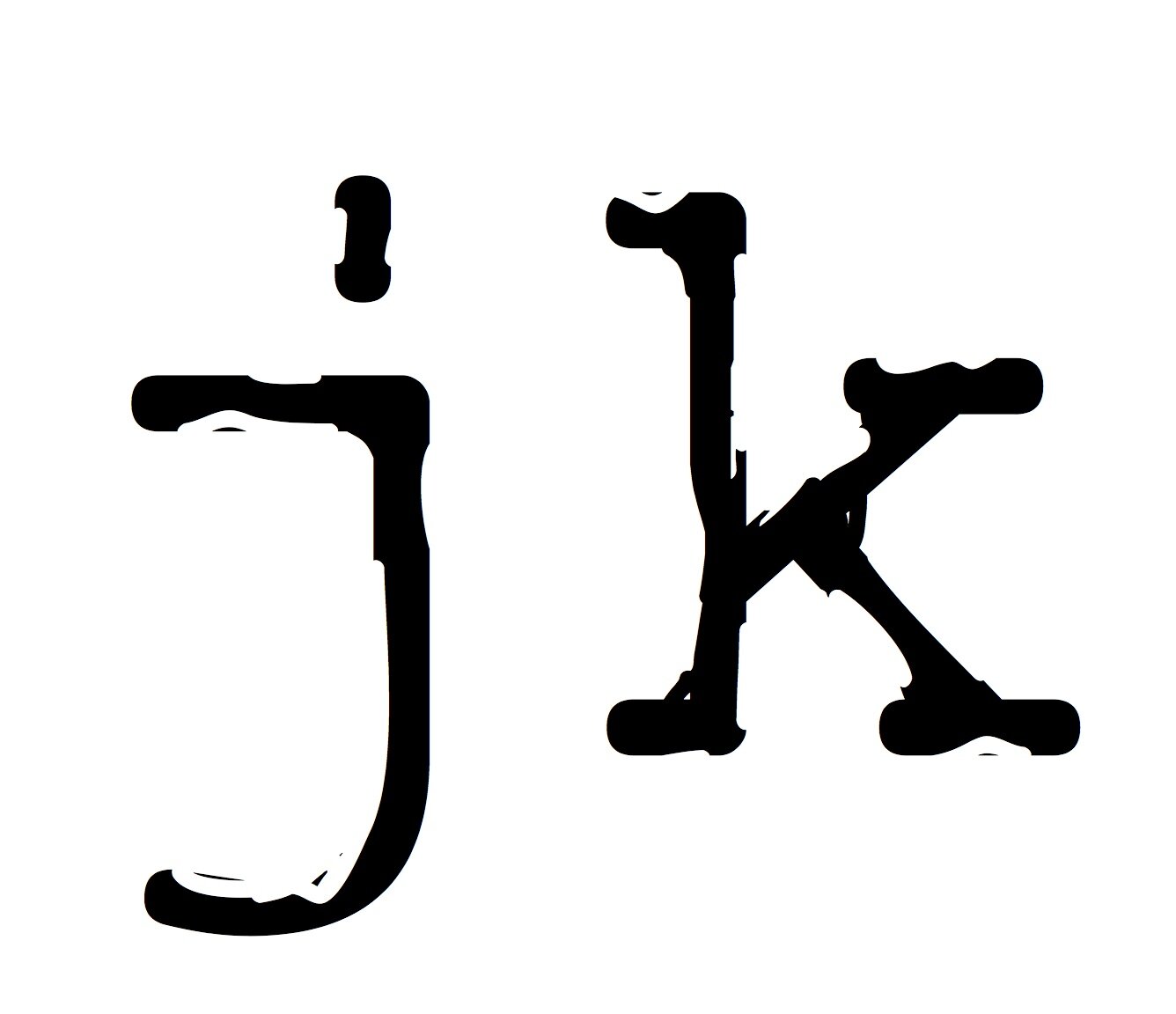The Book Writing Blues
Blues music has been a part of popular song on radio and streaming for all our life. We’ve heard countless songs based on the structure. We instinctively know where it rises and falls, where it changes, and where the turn around is.
Musically speaking, it’s a strict measure of twelve bars. The chords are set. But there is so much room for variation and expression that the form continues to sprout new songs even after a century of soul wrenching tunes from Robert Johnson, Skip James, Leadbelly, Billie Holiday, Elvis, Miles Davis, Jimi Hendrix, Bob Dylan, Janis Joplin, Leonard Cohen, The Doors, The Rolling Stones, Jack White and so many more. So, so many.
The Three Act Structure approach to story design is a similar.
Many stories have this structure if we look for it. There are so many stories we’ve heard our entire lives that work with the dynamic, so we instinctively know where changes are.
Unlike the blues structure, there is variation in when the changes and turning points happen. It’s not strict. The first change doesn’t have to come at a set point like it does in a blues song – after four bars. The opening note doesn’t dictate what the change that comes later has to be.
Any story structure should not be seen as a template. It is a rough blueprint to refer to when something isn’t working. What part isn’t where it needs to be, and could that help?
Approaching this design as a template will suck out the air of your story. This will restrict your story’s growth and ability to move – both in itself and its ability move your audience.
